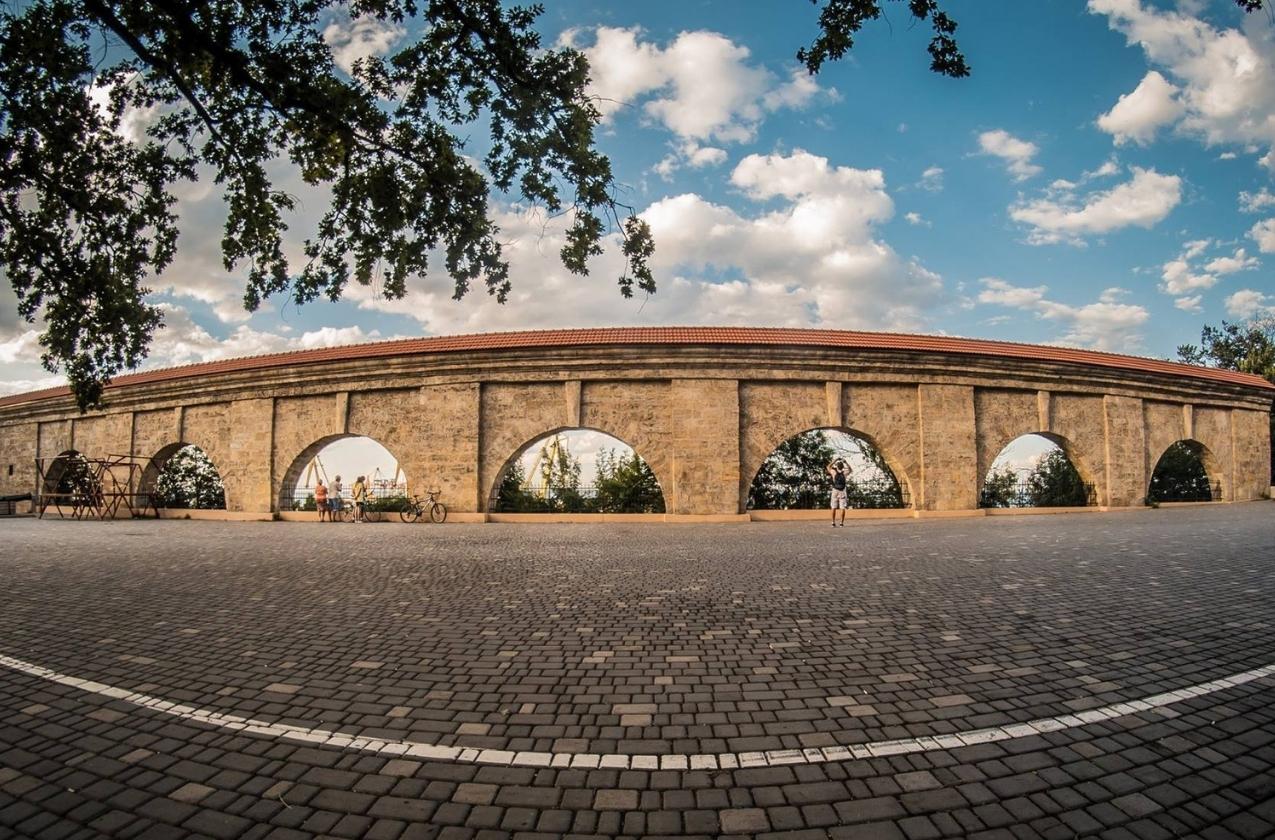The quarantine wall in Shevchenko Park is familiar to all residents of Odessa. But the history of the creation of the quarantine often remains in the shadows. We are talking about how they tried to improve living conditions in young Odessa, despite numerous problems.
Odessa's birthday is the day when the first piles were driven in to create the port and harbour. This significant event took place on September 2, 1794. For Joseph de Ribas, this was probably one of the most important days in his life. After all, the future Odessa had many competitors, but the port, which he headed, is being built precisely when the Neapolitan officer conquered the Fort Hadzhibey. And this is where the history of our city begins.
The presence of the port became the reason for the rapid growth of Odessa. He fed, gave work, became the gateway to the city for the first colonists. But often it was there that a threat arose for the entire city. Together with goods and pilgrims, ships often brought infections. That is why the harbour has always been the area of ​​supervision of Odessa doctors.
The development of navigation and trade has made it even easier for numerous and unexplored infections to spread across the planet. And in order to understand how to deal with them, it took people more than one thousand years. Only by the 13th century did medicine begin to guess that epidemics did not arise because of punishment from above, and processions of the cross did not help to overcome the plague.

The solution was found in the most developed maritime state at that time: Venice. In 1368, the Venetian doge ordered the creation of a closed area on the outskirts of the city for observing the arriving ships and sailors. For 40 days those who arrived with their goods were not allowed to leave the harbour. This place was called quarantine, after the Italian word "quaranta" (= forty). If during these days the sailors did not show dangerous symptoms, the ship was allowed to enter the port. In all doubtful cases, the ships were turned back. This simple approach proved to be effective and was soon adopted throughout Europe.
During the construction of the Odessa port, one of the first began to equip exactly quarantine. Its construction, like the entire port, was carried out by the architect Franz de Volan. The quarantine jetty and harbour were still under construction, but the quarantine itself began to work with the arrival of the first ship. The first quarantine rooms were installed on wooden piles right in the water. Officers, warders and a doctor were recruited into quarantine. The quarantine even had its own rowing fleet.
But the port is developing, more and more ships are entering, and wooden structures simply could not cope with their function.


Since 1793, the Odessa fortress was laid in its place, which existed for about 20 years; Alexander Suvorov took part in its construction. This fortress (2,000 garrisons and 120 guns) did not give the Turks the opportunity to regain the bay and allowed to build a harbour and a city. The walls of the fortress were earthen ramparts with cannons placed in key places, which made it possible to control both sea and land approaches. And in 1811, the mayor of Odessa, Duke de Richelieu, decided to move the quarantine to the Odessa fortress.
Inside, the quarantine was divided into four yards. At the bottom of the harbour were the grocery and the market, and above, in the area of ​​the old stone arcade, the passenger and a small (about 200 mx 150 m) cemetery of irregular pentagonal shape between them. Osip Rosseti, heir to the French count family, was appointed commandant of the Odessa quarantine. And now, despite the efforts of the workers, in 1812, a plague broke out in Odessa. On the territory of the quarantine, they set up their own plague cemetery between the dead tower, from which only the foundation remained and the current stadium "Chernomorets".
Wanting to improve the layout of the quarantine, he was commissioned to rebuild the English architect Mr. Hartel. As a result, ours became the best not only in the country; European port cities began to rebuild their quarantines in the image and likeness of Odessa.
Quarantine served Odessa well, but by the end of the 19th century, its functions were transferred to city hospitals. The buildings were empty, and in 1896, the old walls of the plague cemetery were demolished, the dead tower was dismantled, and the quarantine territory became part of the city park.
The remains of the quarantine have survived to this day: the Powder Tower and the arcade (1803-1807, architect I. Krug). One tower has survived (partially) from the cemetery, where doctors examined the bodies of those who died in quarantine. In 2014, the ruins were transformed: an observation deck was built.
For a long time (70-80 years of the twentieth century), in the Powder Tower there was a tiny, but very informative "Museum of memorable dates in the history of Odessa", created by the famous local historian and collector R.M. Tsiporkis. In the 90s, the museum burned down.
Photo: Lotsia / Andrey Rafael





















